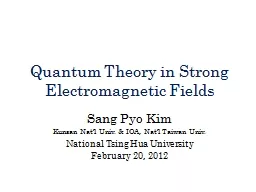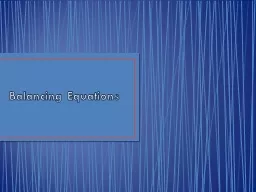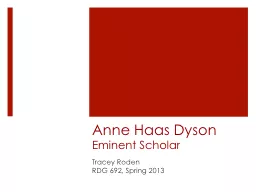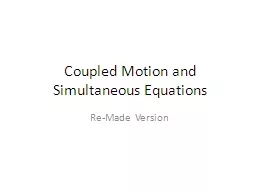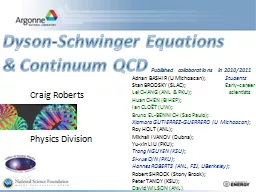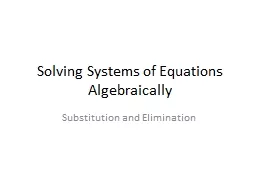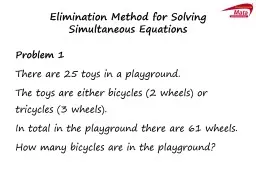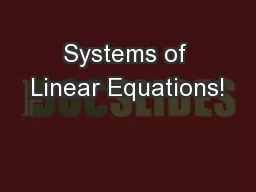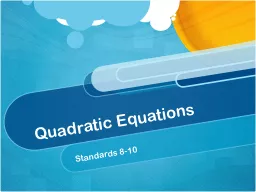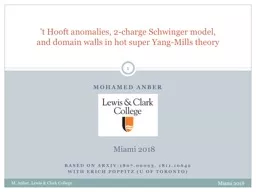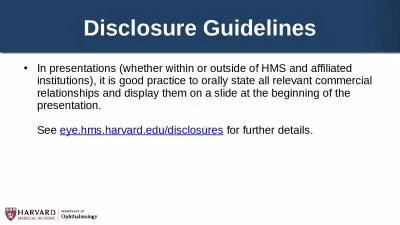PPT-Dyson-Schwinger Equations
Author : calandra-battersby | Published Date : 2018-11-03
amp Continuum QCD II Craig Roberts Physics Division Chicago DSFdB2011 IRMA France 27 June 1 July 62pgs Craig Roberts DysonSchwinger Equations and Continuum QCD
Presentation Embed Code
Download Presentation
Download Presentation The PPT/PDF document "Dyson-Schwinger Equations" is the property of its rightful owner. Permission is granted to download and print the materials on this website for personal, non-commercial use only, and to display it on your personal computer provided you do not modify the materials and that you retain all copyright notices contained in the materials. By downloading content from our website, you accept the terms of this agreement.
Dyson-Schwinger Equations: Transcript
Download Rules Of Document
"Dyson-Schwinger Equations"The content belongs to its owner. You may download and print it for personal use, without modification, and keep all copyright notices. By downloading, you agree to these terms.
Related Documents


